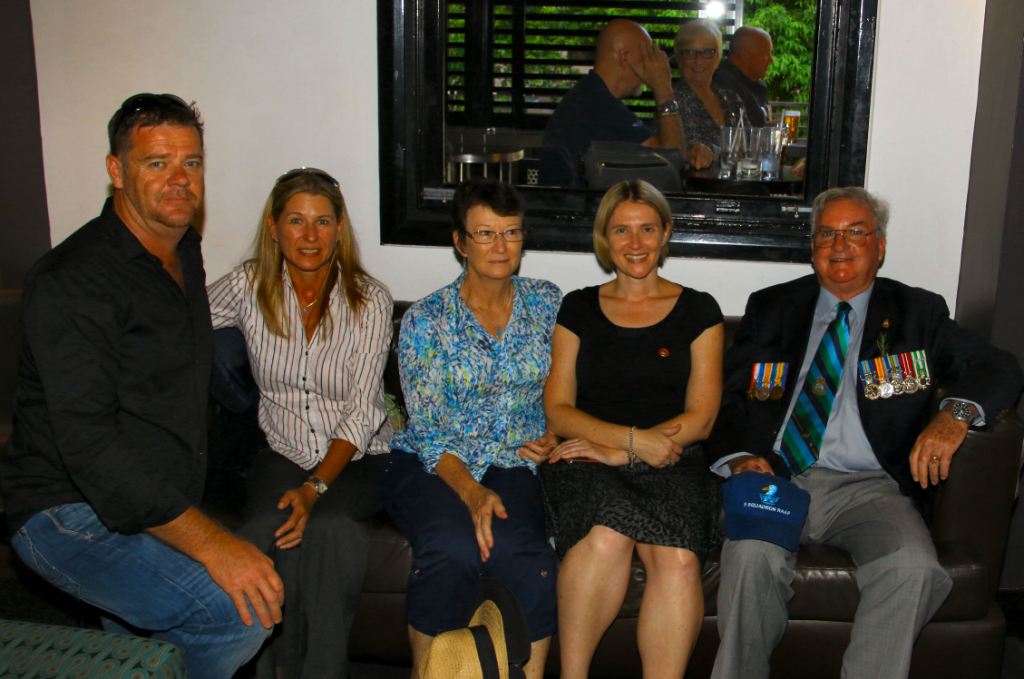|
|
||
|
|
||
|
Privacy Policy | Editorial Policy | Profit Policy | Join the Association | List of Members | Contact us | Index | Links |
||
|
Back Go to page: 1 2 3 4 5 6 7 8 9 10 11 12 13 14 15 16 17 18 19 20 Forward
|
||
|
ANZAC Day, 2015 Brisbane.
You can click a lot of these photos to obtain better quality pics which you can download and/or print.
Anzac Day – 25 April – is arguably Australia's most important national day. It marks the anniversary of the first major military action fought by Australian and New Zealand forces during the First World War.
On the 10th January 1916, the Brisbane Anzac Day Commemoration Committee was formed as a citizen’s committee by a mass meeting of people and was appointed to make arrangements for, and carry out, the celebration of Anzac Day as a gift of the people to commemorate the fallen, remember the wounded and recognise the courage of Australia’s servicemen. The Brisbane Anzac Day Parade, together with dawn vigils, memorial services and veterans reunions have been continuously commemorated by the Citizens of Brisbane ever since.
The Brisbane Anzac Day Parade has always been run by the Citizens of Brisbane with help from the Returned and Services League of Australia (RSL) and the South Eastern District of the RSL has provided the Secretariat for the Committee continuously since 1928.
While the Brisbane Anzac Day Parade was initially a commemoration of the sacrifice of WWI veterans and then WWII veterans, in keeping with the changing focus of Anzac Day nationally, it is today a commemoration of the sacrifices of those who have ‘defended’ our Australian way of life in all conflicts and military commitments by Australian Forces since WWI.
The organisers of Brisbane's Anzac Day parade have defended their decision to ban descendants of veterans marching alongside the diggers as necessary for the elderly veterans' well-being and health. Under strict policy introduced by the Committee, descendants of veterans will not be allowed to march alongside surviving ex-serviceman, behind each unit banner, as in previous years. The move has been heavily criticised by ex-servicemen, who were appalled at the prospect of having to march without their grandchildren at their side, but the Committee’s Chief Marshall, Les Lupuljev, who has co-ordinated the march in Brisbane for the past 23 years, said elderly diggers could not endure waiting in the sun waiting for more than an hour while the large contingent of descendants of veterans proceeded before them. "At the end of the day it is the veterans' day."
“We agree, however, if the committee is concerned that older Veterans have to stand in Brisbane’s warm sunshine for an hour or so, why do they allow so many serving members into the parade. The poor old Navy were last off the rank in April and their wait would have been in excess of 2 hours. It seemed to us that every Army bloke and blokette from Gallipoli Barracks marched and while the Army are masters at Parades and always put on a marvellous show, the time it took for them all to offer the salute was far in excess of the older men and women’s comfort zone, perhaps the committee could look at that next year” – tb
As is the norm in Brisbane these days, a huge crowd of people manned the streets for hours on end, they stood and clapped and cheered and held up banners while the Vets and ADF members filed by. There were elderly people, middle aged, young families with their kids, teen ages, young couples, people of all ages, backgrounds and ethnicity – a wonderful, peaceful, welcoming crowd of people, it was a wonderful sight and it instils a huge sense of pride in those that march.
It’s also a big day for a lot of other people, not only for the Vets and ADF members. The number of support people who willingly give of their time is staggering. There are numerous marshals, musicians, medics, people who spend hours cleaning and then providing their own vehicles to transport invalided vets who are unable to walk, people to erect and then pull down barriers, tents, marquees, people who provide wheel chairs, water, shade, all good motivated people.
|
||
|
One such group that give of their time to provide the music for those that march are these wonderful ladies from the Redland Ladies Drum Corps (above).
The Redland Ladies Drum Corps, which is based in Redlands City, south of Brisbane, is unique in that it is believed to be the only all-ladies Drum Corps in Australia. They were formed in April 1987 and following their first public appearance at the Redlands Strawberry Festival parade in September of ’87, the band has been much sought after by regional centres throughout south-east Queensland and northern New South Wales. Such functions include the Stanthorpe Apple and Grape Festival, the Tweed Valley Banana Festival, the Lismore Lantern Parade and the Toowoomba Carnival of Flowers.
Each year, the Ladies Drum Corps participates in Brisbane’s Anzac Day Parade and for many years has been the dedicated band for the Ex-Service Women’s Association of Queensland.
As well as marching in parades, the Redland Ladies Drum Corps performs drumming marching displays for special events both within and outside the Redlands as part of its service to the community. These performances are designed to entertain in limited outdoor spaces. A drum band is purely a marching band and cannot stand or sit to play, therefore, the ladies perform displays (playing drums whilst marching in various diagrammatic patterns). The lively combination of drumming, with movement and colour is what gives these displays interest and appeal to an audience.
Ladies of the Drum Corps are very proud and strongly committed to their unique band and are wonderful ambassadors for the Redlands everywhere they go. They practice every Wednesday night in the carpark of the North Stradbroke Ferry Terminal and any female aged from 13 to 70 is welcome to join. Cost is $25 every 3 months which covers uniforms and drums. If you’re interested and you don’t have to know how to bash a drum, they’ll teach you that, call the Secretary, Ms Jenny Hall, on 07 3206 4765.
People participating in the March started to gather in the streets early on the Saturday morning, with the march expected to head off at 9.30am. One such participant was Tom Sheridan.
Tom, who was born in 1922, joined the RAAF in April 1940, and as today was the 75th anniversary of his enlistment he wasn’t going to let a little thing like being 93 years old stop him from marching under his old Squadron banner. He was supported by his family David and Kate Barrow. Tom was an air gunner with 10 Squadron during the war and spent many an hour strapped into one of the RAAF Sunderlands. He was discharged, with the rank of Sergeant, in Sept 1945 at the end of the war.
10 Sqn was the first non-British Squadron to go into action in World War II. Its main tasks included convoy escorts, anti-submarine patrols and air-sea rescue work and in July 1940, it sank its first enemy submarine. Operations continued into 1942 and 1943 with occasional attacks against U-Boats and regular encounters with German fighter aircraft and as a result of armament modifications carried out by 10 Sqn personnel, including the addition of galley hatch and wing-mounted machine guns, the Sunderlands came to be regarded as 'flying porcupines' by German aircrew.
In the month of February in 1944, 10 Sqn accomplished a Coastal Command record by flying over 1100 hours, this remarkable effort was only achieved through the dedicated efforts of the air and ground crews. Anti-submarine patrols continued throughout 1944 and by the end of hostilities, 10 Sqn had destroyed six submarines and became the only RAAF squadron to see continuous active service throughout the war.
|
||
|
Also on the road bright and early and keen to get going were 4 ex-Navy communicators, holding up their banner and waiting for the troops to form up.
L-R: Daryl Dickerson, Wayne Roots, Glenn Hansen, Neville Kruck.
It was during 1913 that the first Naval wireless station in Australia was established, when a wireless mast and station were erected at Williamstown Naval Depot (then called HMAS CERBERUS) on the site of the present Williamstown (Vic) dockyard. The RAN Signals School was formally established at this time and the Royal Navy provided the school’s first instructors with the training system being based on the RN’s own system with two streams of personnel, Telegraphists and Signallers. From the first class of eight men the branch has grown over the intervening years to become the present day Communications and Information Systems (CIS) Branch.
The Signals School was the first school established at the new Flinders Naval Base and it opened in late 1920 with the arrival of the first contingent of Naval personnel from Williamstown. The original building remained until the early 1990’s when it was demolished to make way for a new purpose built building housing all the school’s requirements. In those early days, the Signal School, in addition to its training role in Wireless Telegraphy and Semaphore, was also responsible for operation of the Transmitting and Receiving Stations.
The station conducted the first direct "fixed service" Morse code transmission in 1920/21 to the United Kingdom thereby linking the Australian Commonwealth Naval Board with the Admiralty in London. The wireless station remained operational as a broadcast station and link with overseas authorities until the outbreak of World War II in 1939, when it was moved to HMAS HARMAN in Canberra. The radio mast erected in 1919 for the Wireless Station survived until 1970 when it was demolished.
|
||
|
|
||
|
|
||
|
Prior to the commencement of World War II, Telegraphists were responsible for the maintenance of their own equipment as well as its operation and they were trained at the Signal School in the necessary techniques to ensure that their equipment was kept serviceable. With the pressure of signal traffic, especially in shore wireless stations, generated by the war, Telegraphists didn’t have the time to operate and maintain their equipment and the maintenance task passed to the embryo Electrical Branch. University and College trained Officers and Sailors were recruited for this task and carried out their initial training at the Signal School with some later moving off to form the nucleus of the Weapons Electrical Engineering Branch.
The next quantum leap occurred around 1956 when Automatic Telegraphy was introduced into ships and establishments around the country thus leading to the subsequent introduction of new equipment and training techniques. The period between 1996 and mid 1999 saw a number of changes to the training program, aural Morse code ceased being taught in January 1996; the last Basic Radio Operator course completed in September of 1997 and the last Basic Signalman course completed in February 1998.
1998/99 also saw the emergence of a proposal under the Defence Efficiency Review to amalgamate the single service CIS training into one ADF CIS School based at Simpson Barracks in Melbourne. In 1999 the RAAF CIS training school relocated to Simpson Barracks with the Navy following in late 2004.
Also up early and all scrubbed and decked out in his finest and ready to march with the troops was honorary Radtech, Pete DeJonge. Even though he’s well past his prime, with his better days now well behind him, he can still spot a pretty face in the crowd and he insisted on having his photo taken with these lovely ladies from the medical branch at Amberley.
|
||
|
L-R: Jodie Walsh, Helen Webb, Pete DeJonge, Karen Gladysz – with John Sambrooks, (the people’s champion) wishing he was in there too.
The WRAAF’s numbers were down a little on previous years, though their welcome presence always brightens up a dull old “all-boys” situation.
The Women's Auxiliary Australian Air Force (WAAAF) was formed in March 1941 after considerable lobbying by women keen to serve and by the Chief of the Air Staff who wanted to release male personnel serving in Australia for service overseas. The WAAAF was the largest of the Second World War women's services and was disbanded in December 1947. A new Australian women's air force was formed in July 1950 and in November became the Women's Royal Australian Air Force (WRAAF). The WRAAF and the RAAFNS integrated into the RAAF in 1977 and the WRAAF was disbanded in the early 1980s. Australia's first female air force pilots graduated in 1988 and today there are few jobs within the RAAF barred to women.
|
||
|
Two old Group 7 mates – the short and the tall.
|
||
|
L-R: Trev Benneworth, Rob Meyer.
|
||
|
The only reason they say 'Women and children first' is to test the strength of the lifeboats.
|
||
|
Then finally, after much standing around, listening to the same old recycled warey heard many times before, having savoured a refreshing drink or two, made the odd comfort trip to the adjoining club and then jostled for position in the ranks; the senior squadron, led by John Griffiths, formed up and marched off, all in step and showed the crowd what a well-oiled military drill-machine can really do.
|
||
|
The Brisbane ANZAC Day Parade Committee welcomes and encourages older veterans to participate in the Parade and they are normally encouraged to march with their unit associations if they are physically capable, (if necessary they may be accompanied by a competent carer), if, however, they are incapable of marching, suitable transport can be provided in the form of WW2 period jeeps and/or golf buggies.
All that is required is to contact the Committee a week or so prior to the Parade, submit a request in writing and nominate a “carer” to ride with the veteran. The Committee is very accommodating and every effort will be made to ensure the veteran is catered for.
Jeff Pedrina, who flew the Caribou with 35 Sqn in Vietnam from August 1966 to July 1967 (you can read his story HERE) and who these days finds it a bit difficult to run the four minute mile, found the jeep was definitely the way to go. Jeff was accompanied by his two very excited grand-sons and that old stager, John Broughton, who slipped into the role of carer very enthusiastically and kept the young blokes amused all morning with his huge repertoire of tall tales.
|
||
|
L-R: Jeff Pedrina, Aidan Pedrina-O'Connnor, John Broughton and Christian Pedrina.
Malvene Dicker (left), who was on 17 Telsop back in 1962 (was it that long ago??), marched with the WRAAF in Brisbane.
Then, after the march was completed, it was time to head for the Port Office Hotel for a thorough and official de-briefing session.
Those who were at the Port Office included:
|
||
|
|
||
|
Allan Pickering, Nola Luyten and Ken Bishof.
|
||
|
Colleen Moylan, John Versluis, Frank Moylan.
|
||
|
David Davis and Jade Anson.
|
||
|
Sue Trimmer and Rob Meyer. |
||
|
|
||
|
Elana, Jenny and Michael Quinn.
|
||
|
Eric Charlier and Sarah Cook.
|
||
|
Bill and Nola Luyten.
|
||
|
Some pretty faces in the crowd.
|
||
|
|
||
|
|
||
|
Jack Lynch, John and Suzette Armstrong.
|
||
|
Jennifer McDonald (1 Sqn), Trev Benneworth and John Broughton.
|
||
|
Lauren Penny, Megan Short, Megan Walsh.
|
||
|
A proud mum with her lovely daughter.
|
||
|
Kirsty Biltsan and Dianne Pickering.
|
||
|
Max Jenkins, Sandra Sanderson, Peter Gleeson, Marty Sanderson.
|
||
|
Rob Meyer, Sue Trimmer.
|
||
|
AND!!! Caught in the act!!
Many say that Sambo, the People’s Champion, rarely puts his hand in his pocket, but we can dispute that now, here, caught and stored on a digital device for all eternity, we can show Sambo shouting a pint sized beer for a completely stunned Keith Kinch.
At first you could have heard a pin drop, such was the surprise from those who witnessed this momentous but rarely seen event, followed almost immediately by a thunderous roar of “Woop Woop” after which they all stood, charged their glasses and with hand on heart and at the top of their lungs, burst into a spontaneous rendition of “God save the Queen” – such was the occasion!!
You really had to be there!!!
|
||
|
Sambo and Keith Kinch. |
||
|
|
||
|
The best cure for sea sickness, is to sit under a tree.
|
||
|
The Caribou Mascot.
|
||
|
Jeff Pedrina with the “new” mascot.
The old Caribou mascot, that was presented to 38 Sqn all those years ago, has been on one or two too many Duty Crews and has finally (and sadly) reached the end of its serviceable life. It’s been white tagged and put out to board of survey.
A new mascot was sourced and is now residing pride of place at the home of the Secretary Treasurer RTFV-35 Sqn Assoc and is available for RTFV, 35 Sqn and 38 Sqn get togethers.
|
||
|
The old “Caribou” was presented to 38 Sqn as a gift back in 1964.
Parading the “Bou” are L-R: Fl Lt Ron Raymond, Wng Cdr Trevor Fairbairn and the late Fl Lt John “Noel” Bellamy.
We asked Ron if he could remember the occasion and he said: “I sure can, the pic was taken outside the 38 Sqn hangar at Richmond, just after I got back with the chaps from Canada on the second Caribou delivery. Trevor Fairburn and Noel Bellamy were actually on the first pickup.
Chris Sugden (below) accepted the Caribou back at DHC Downsview before we left Canada and it came back to Oz in his aircraft on the second delivery flight which was skippered by Chris, Bernie Parker and me.”
|
||
|
|
||
|
Lawyers believe a man is innocent until proven broke.
|
||
|
John Broughton and Dianne Pickering.
|
||
|
L-R: Rod “Neddy” Nedwich, Michelle Woodbock (Marketing, Port Office Hotel) and Bill DeBoer, banner carrier extraordinaire.
|
||
|
L-R: Scott and Joanne O’Donnell, Margaret, Catherine and Peter Flynn. Peter was a Framie with 9 Sqn in Vung Tau from Jan 1970 to Jan 1971.
|
||
|
Wally Jolley and John Donohue. Wal (Eleco) and John (Clock-winder) were in Vung Tau together from Sept 1971 to Feb 1972
|
||
|
35 Sqn blokes.
Towards the end of the afternoon, Sambo read the riot act and assembled the troops that were still standing into one of the quiet corners for a photo shoot.
|
||
|
|
||
|
|
||
|
|
||
|
|
||
|
Back Go to page: 1 2 3 4 5 6 7 8 9 10 11 12 13 14 15 16 17 18 19 20 Forward |

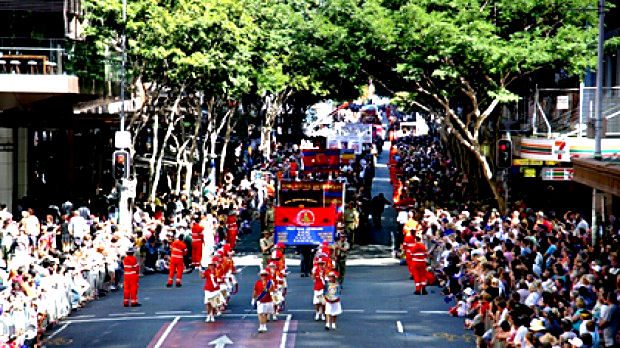
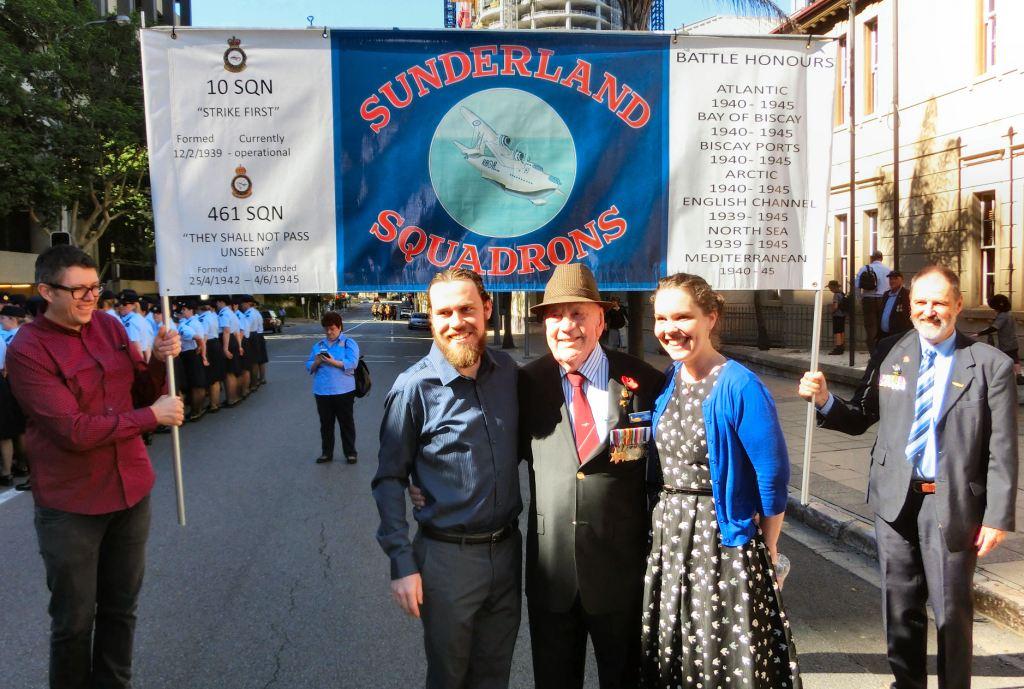
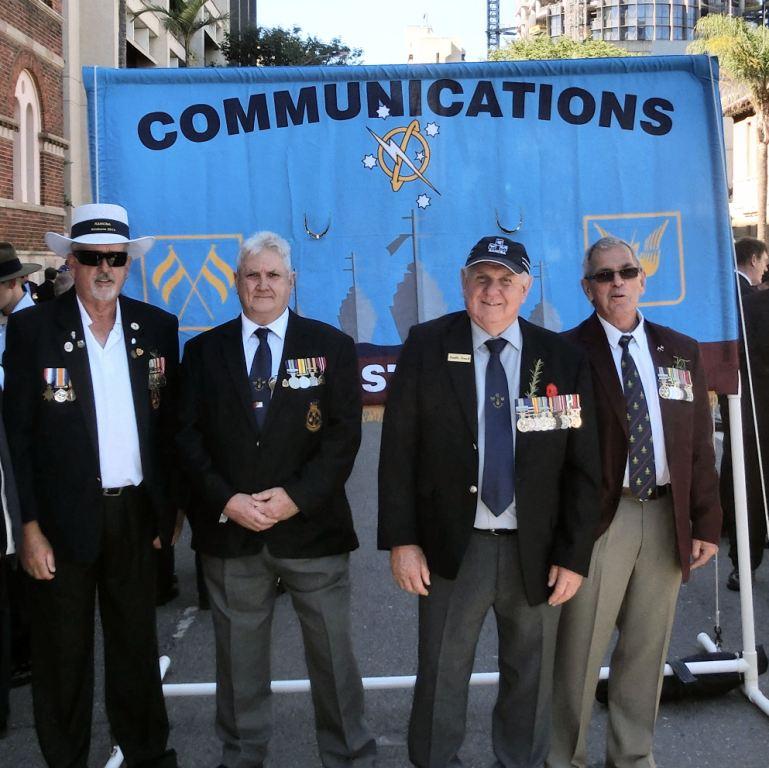

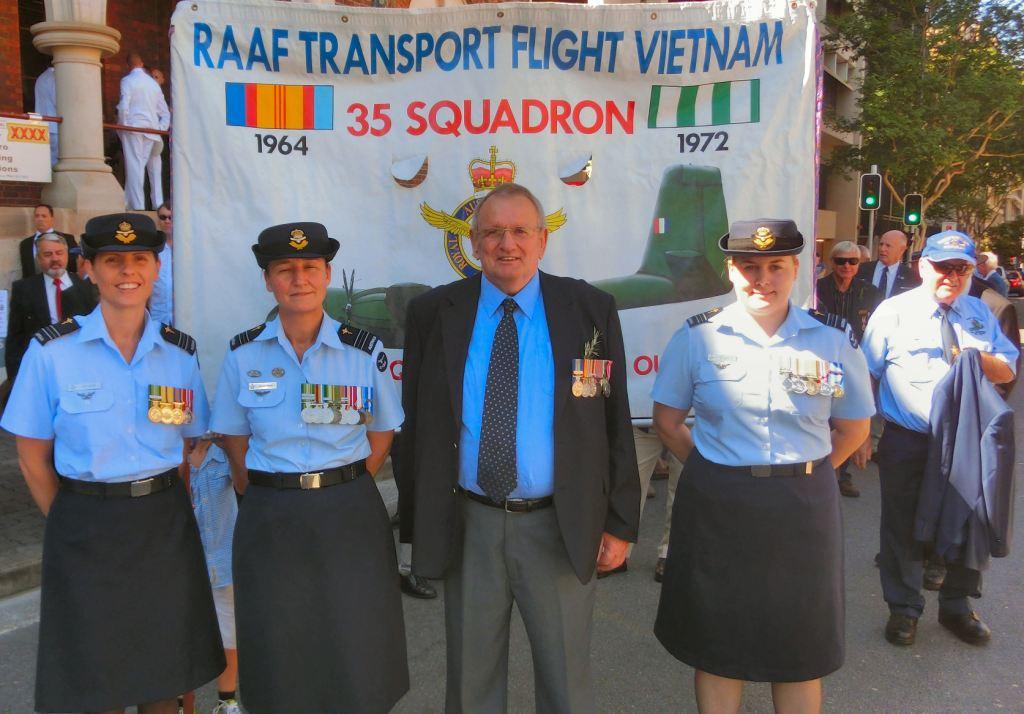
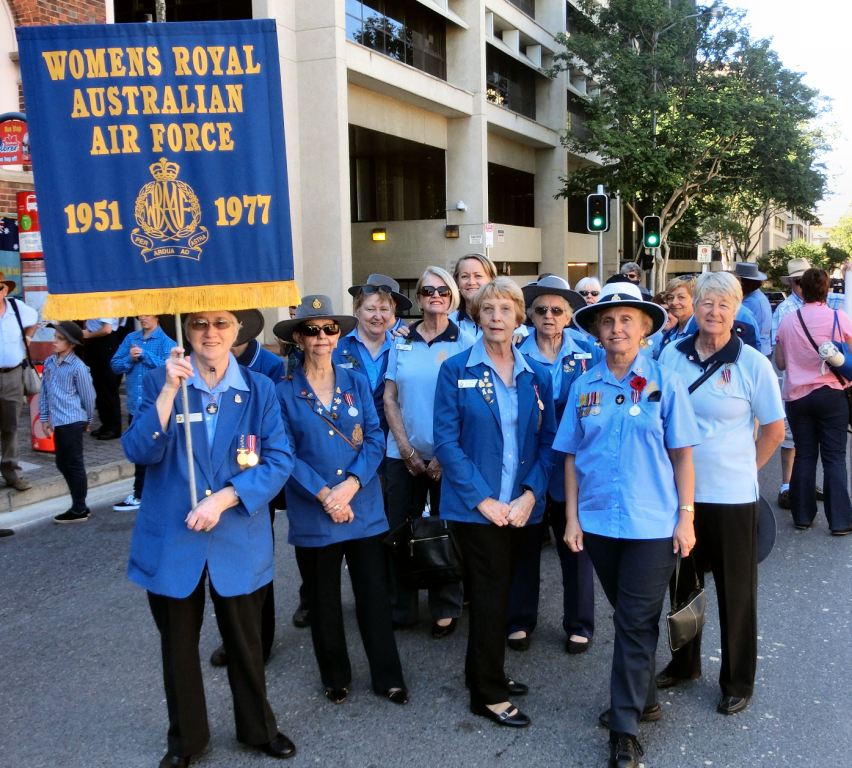
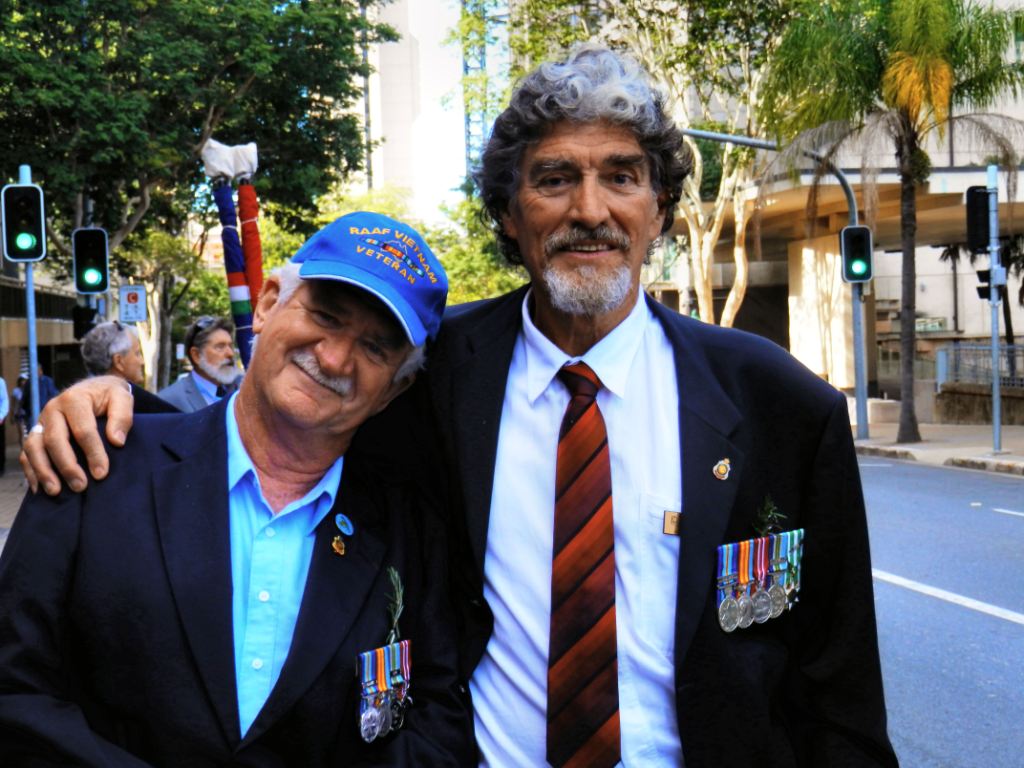
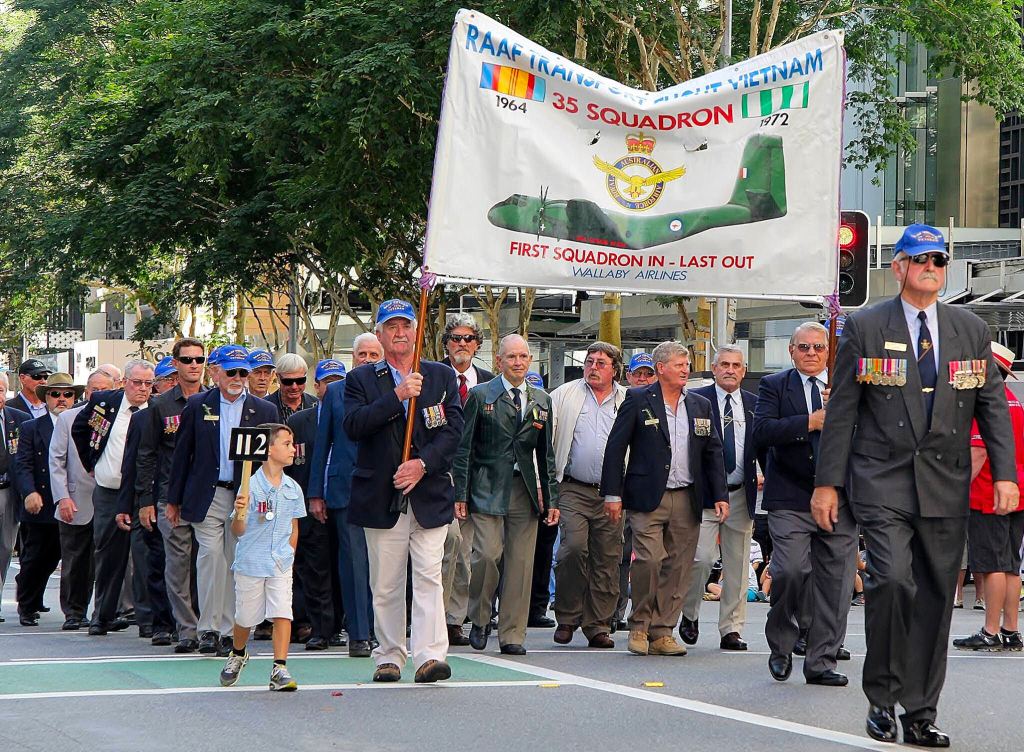
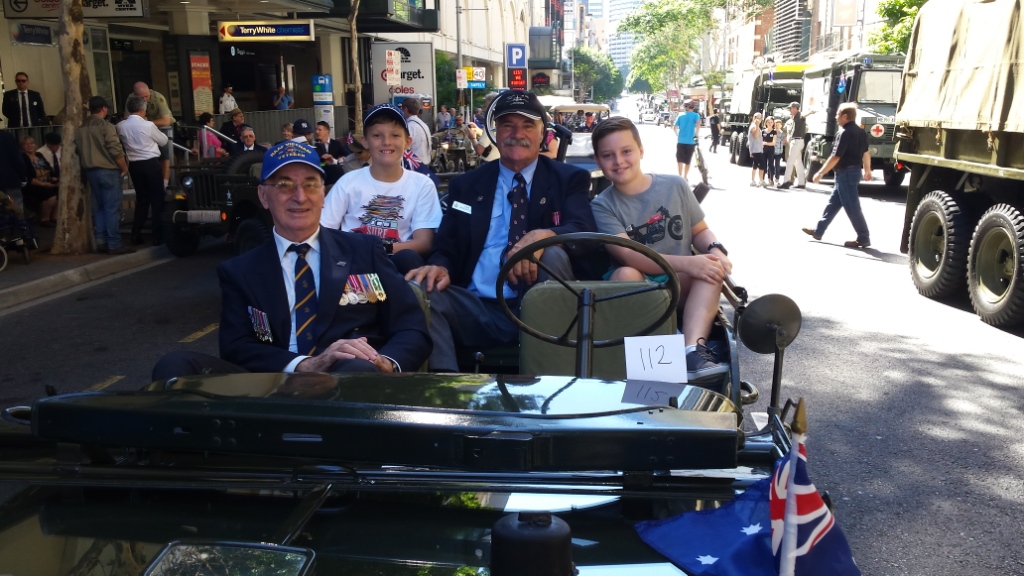
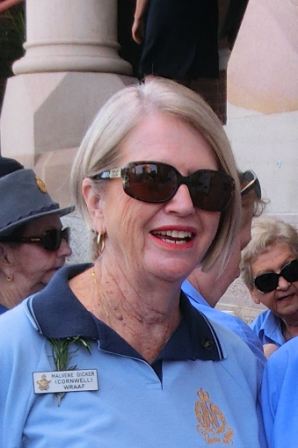
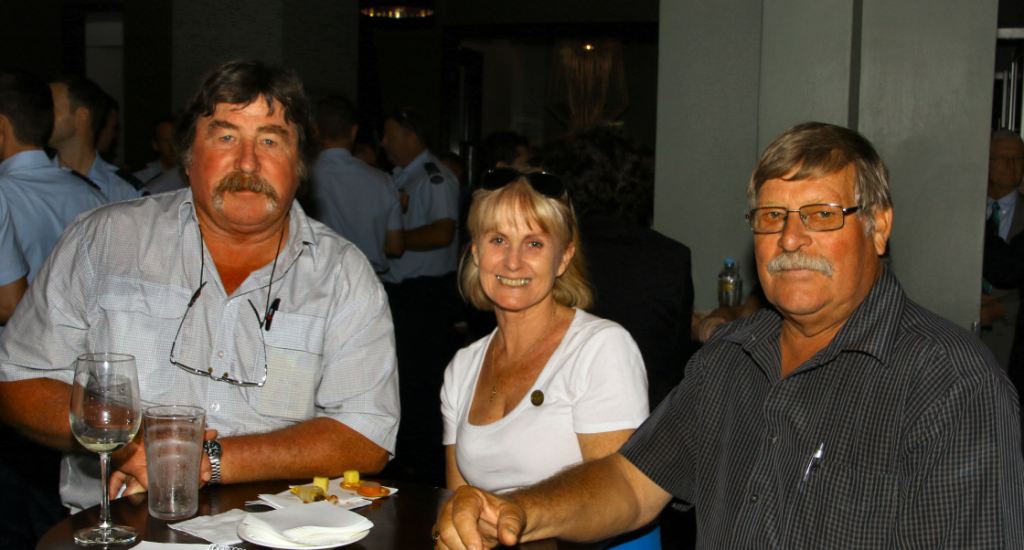
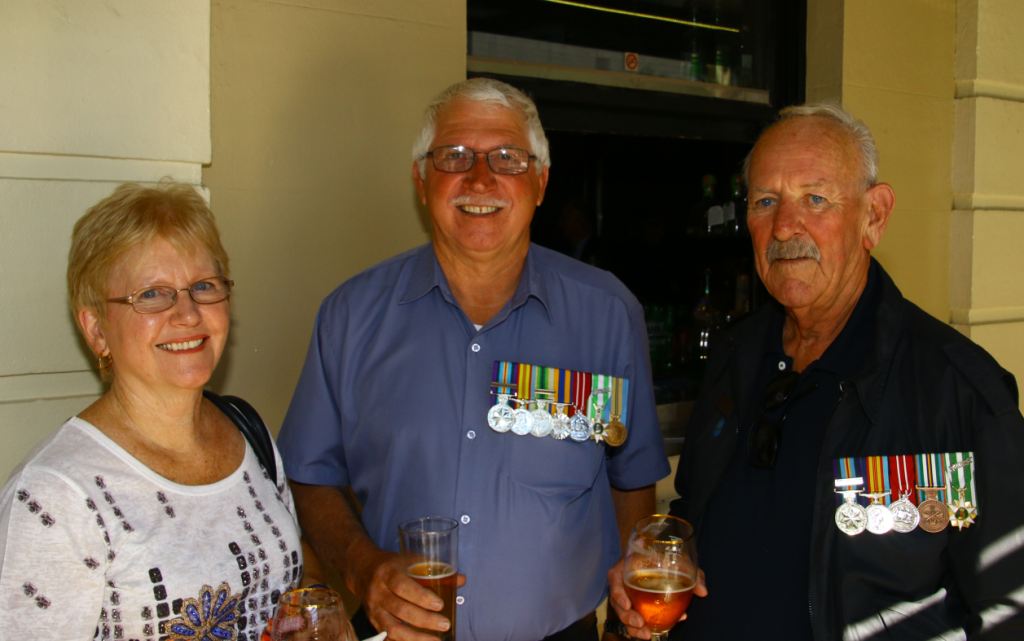
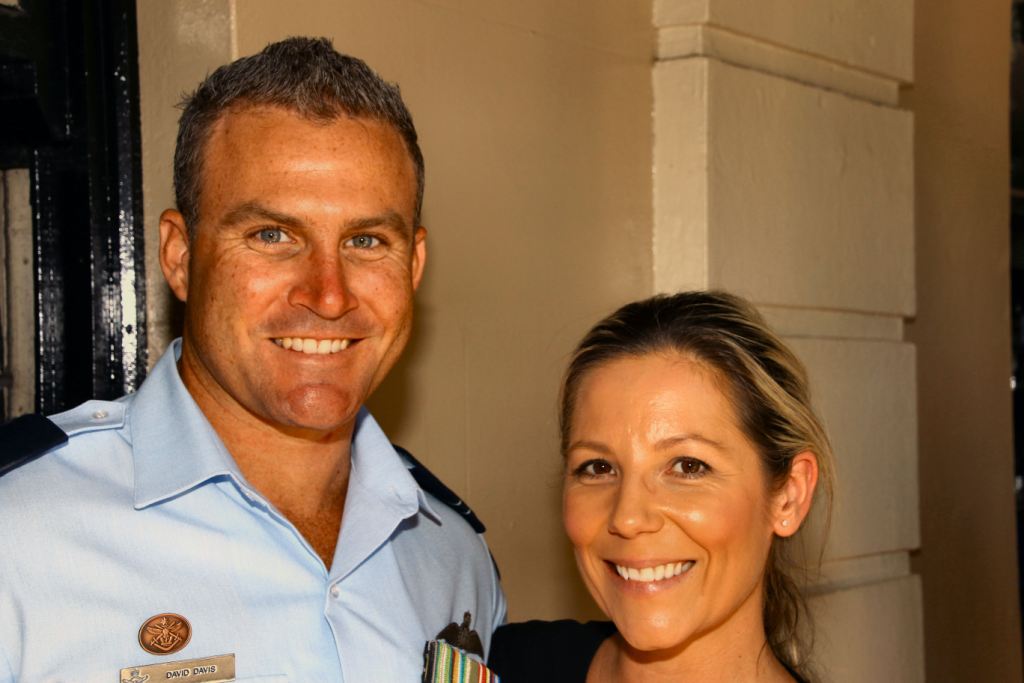
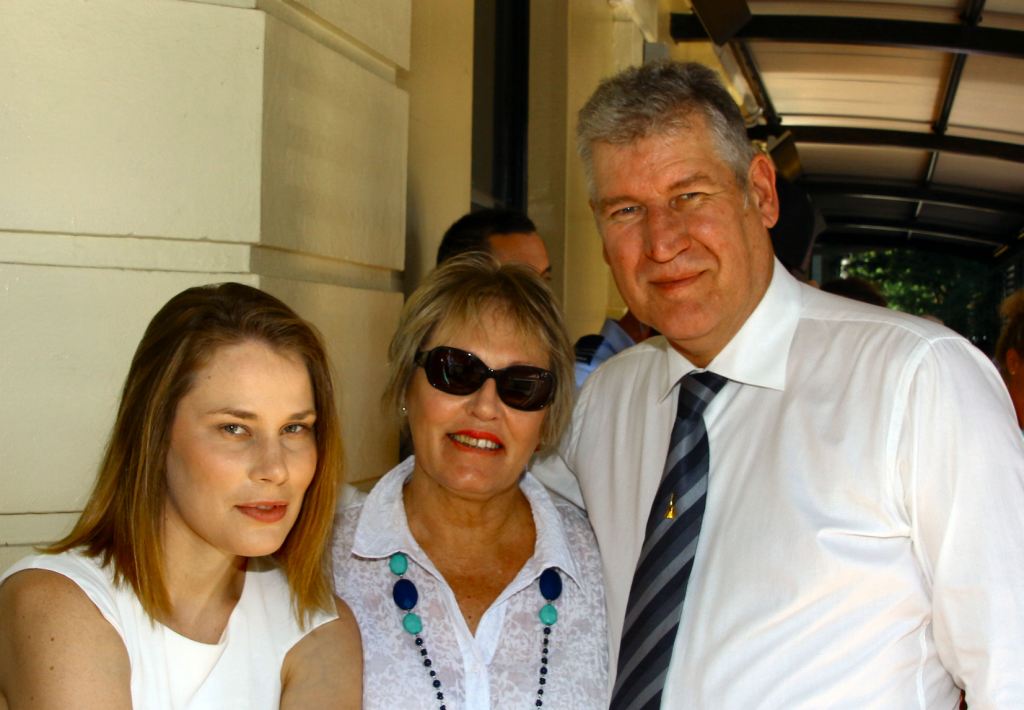
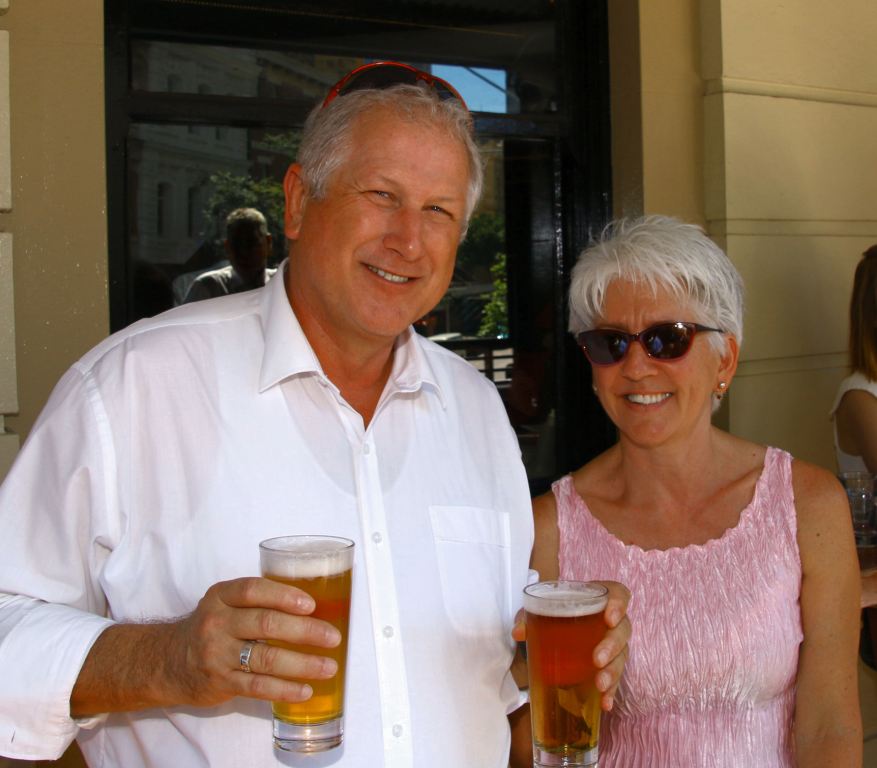
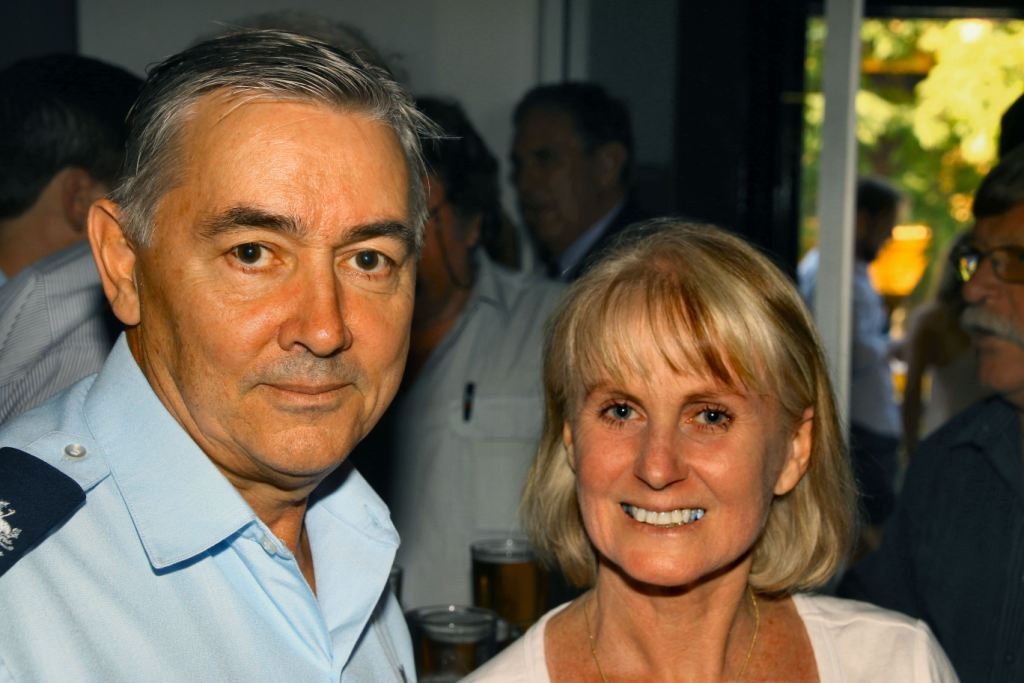
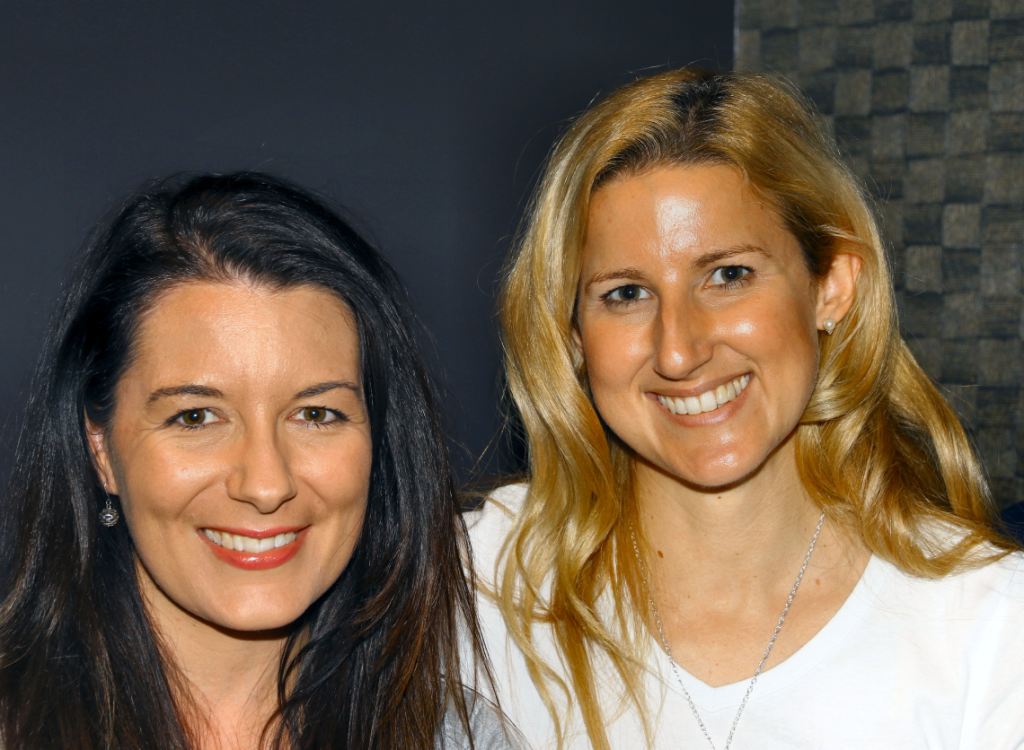
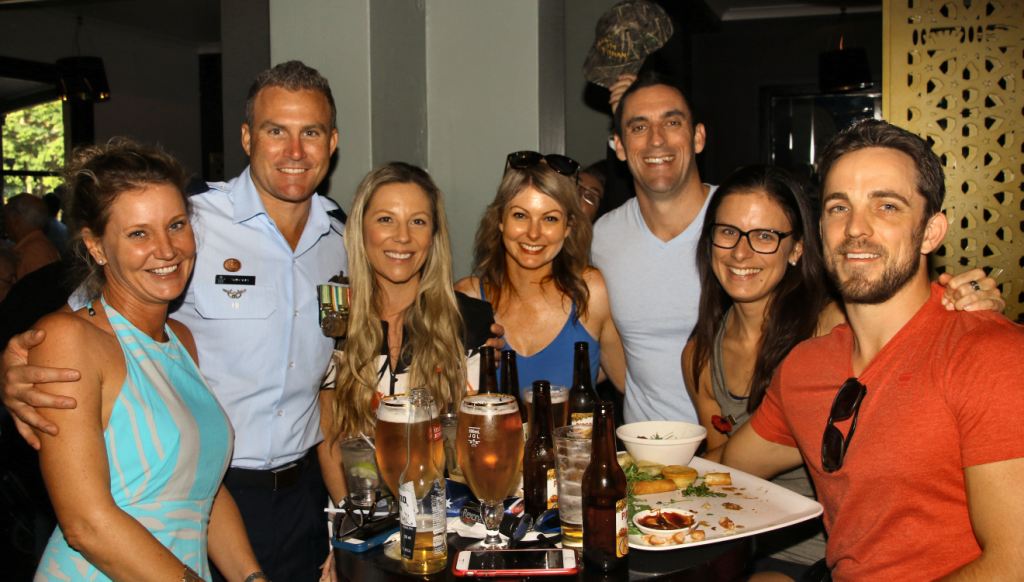
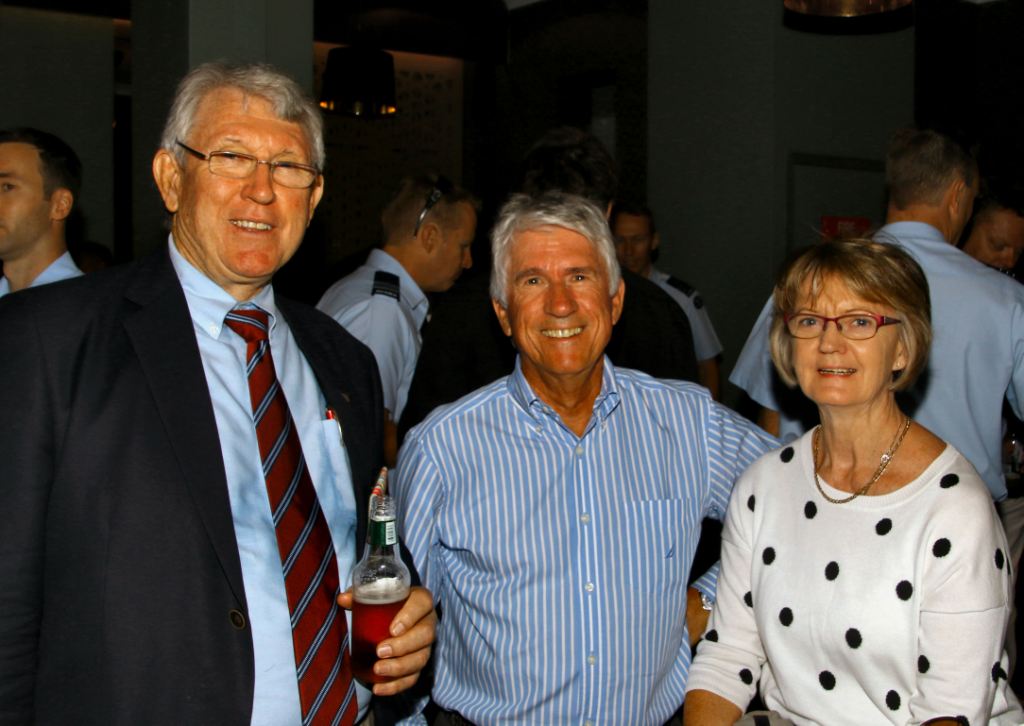
,%20Trev%20benneworth,%20John%20Broughton%20-%20Copy.jpg)
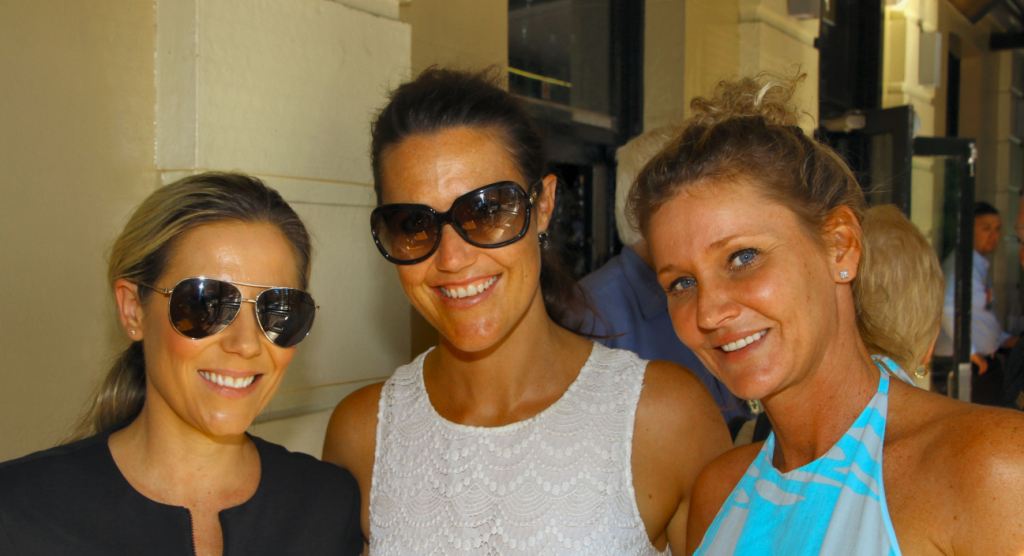
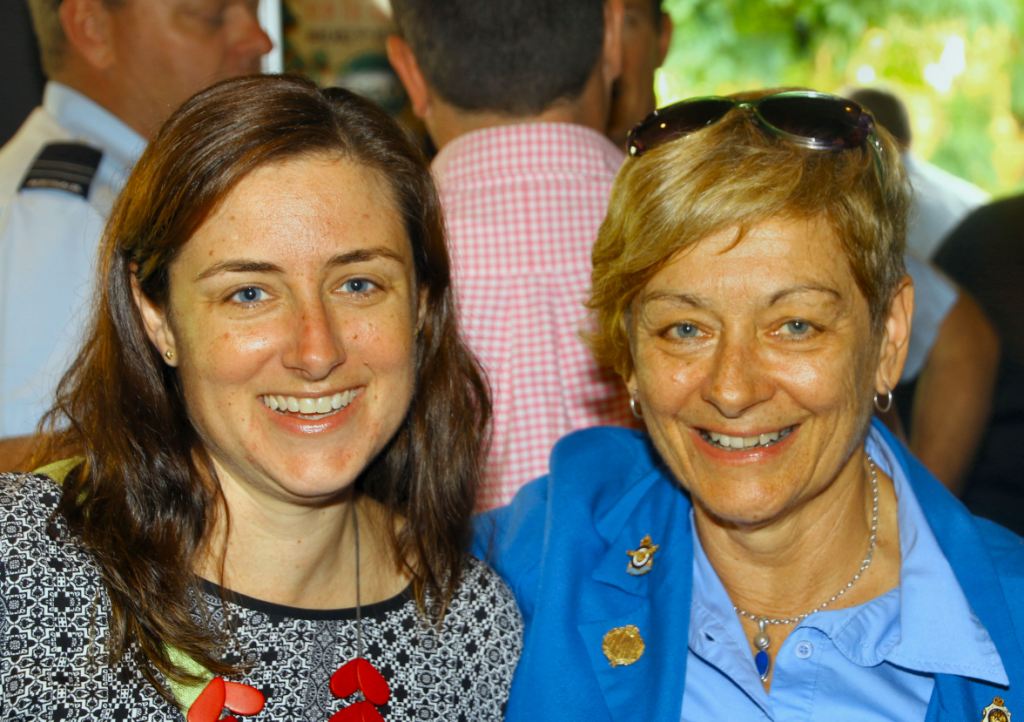
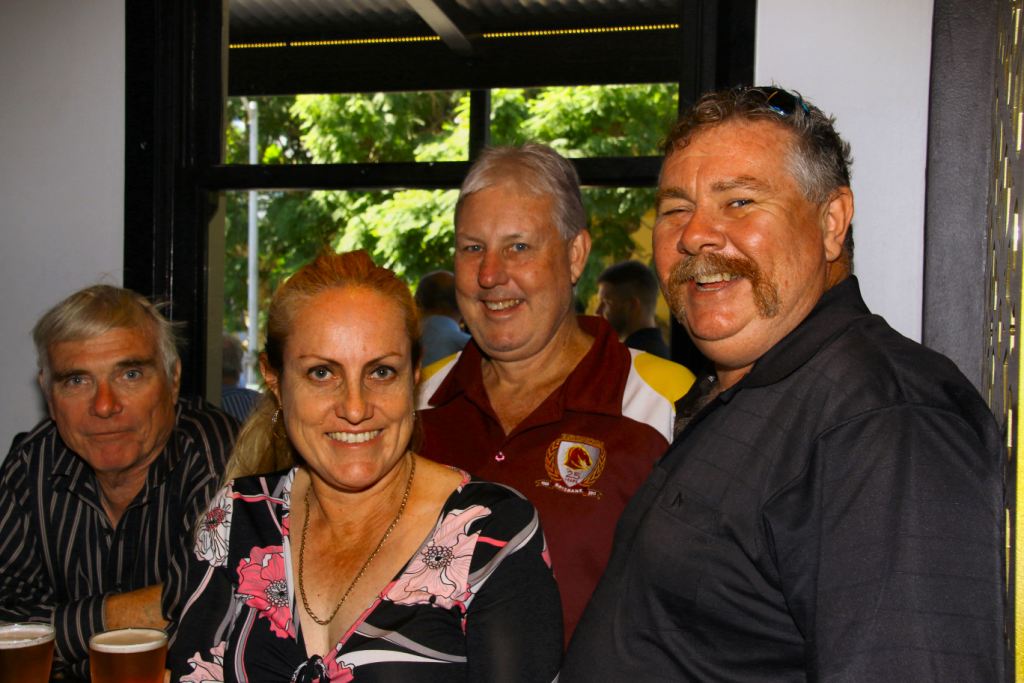
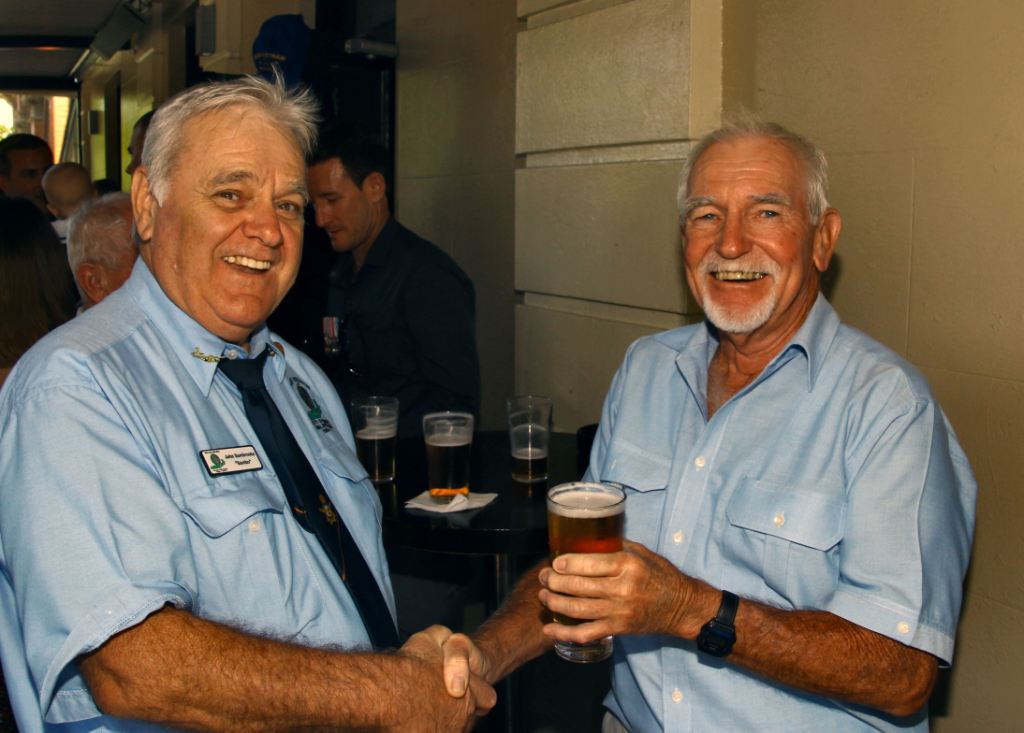
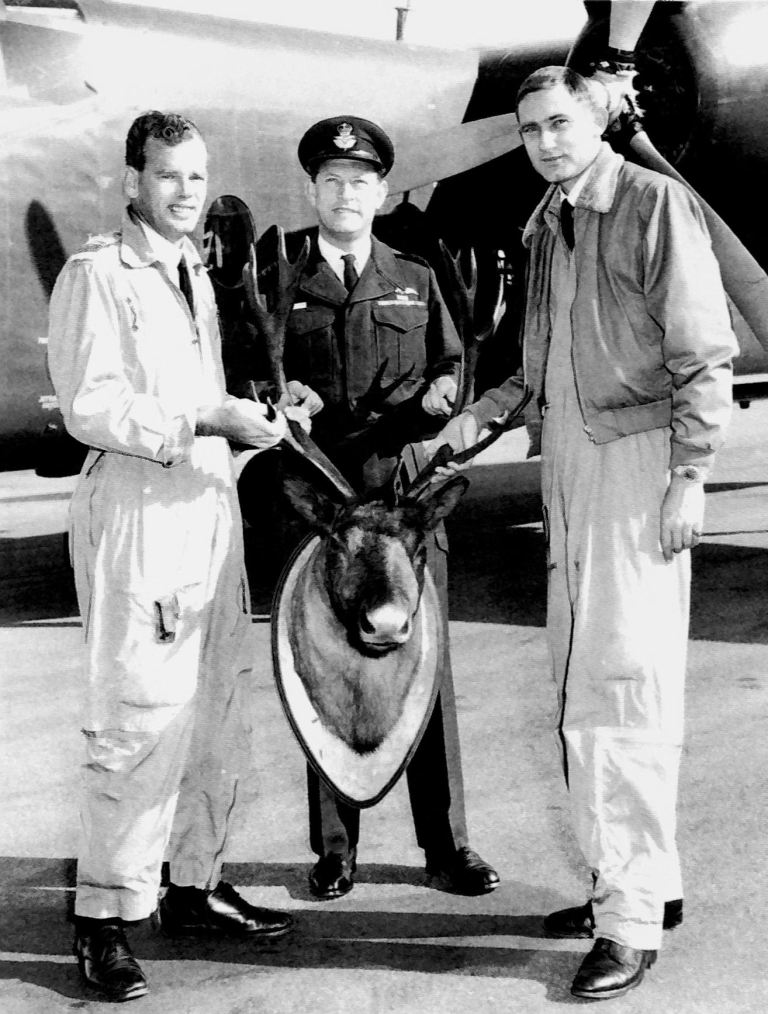
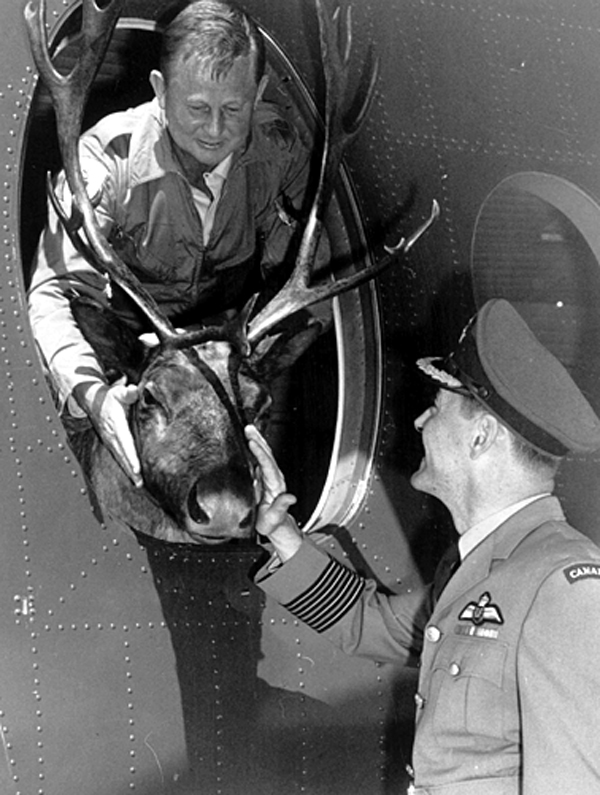
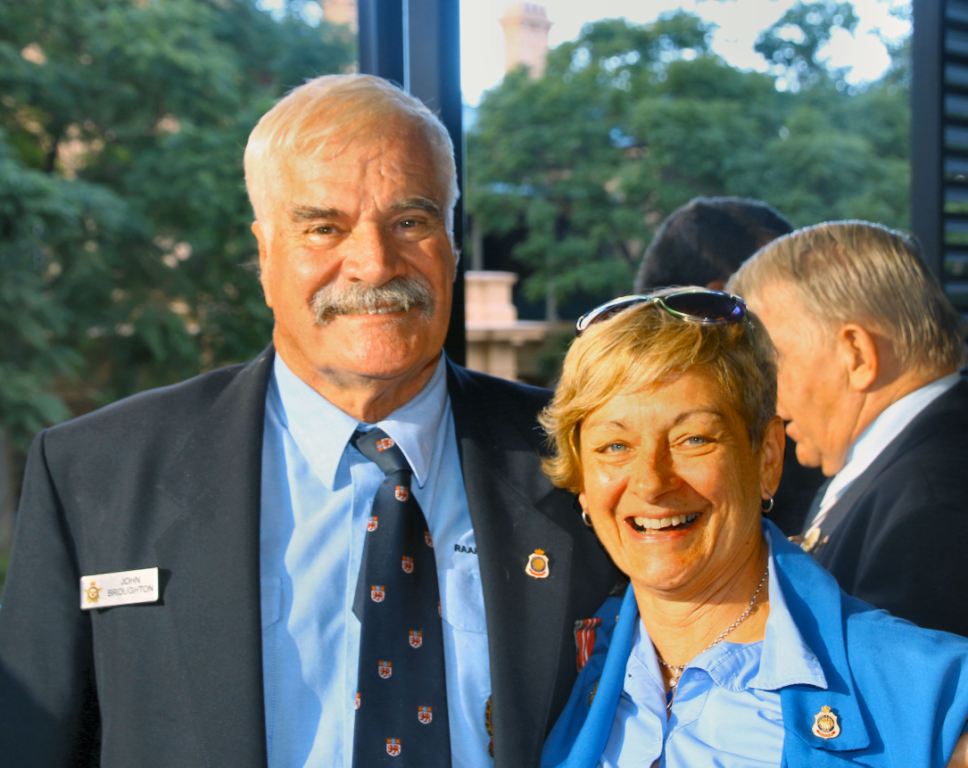
,%20Bill%20DeBoer%20-%20Copy.jpg)
